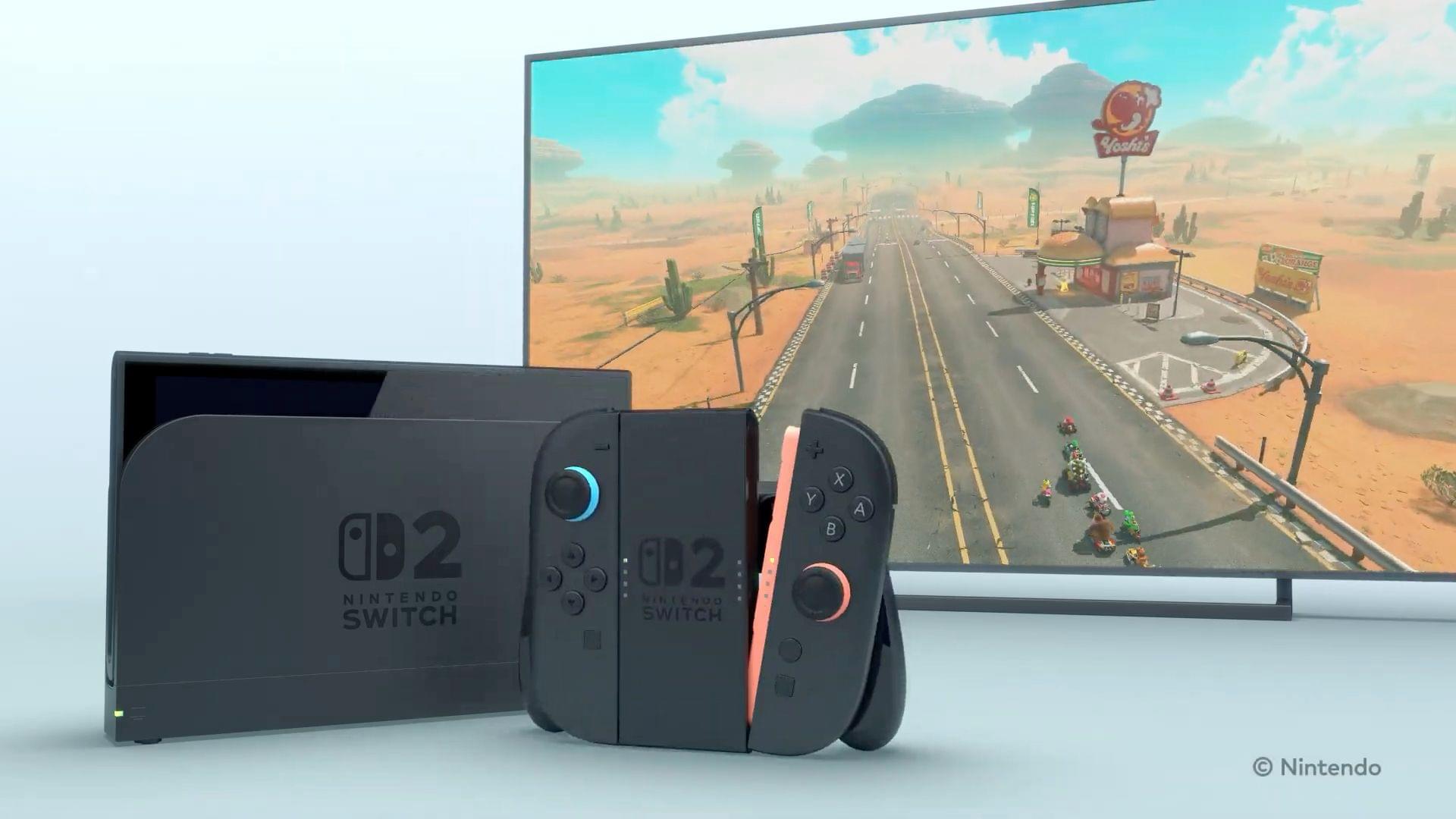The Epic Games Store, which is available in the E.U. on iOS as a result of the Digital Markets Act and globally on Android, is expanding.
During a press briefing, Epic’s Tim Sweeney said:
Our aim here isn’t just to launch a bunch of different stores in different places, but to build a single, cross-platform store in which, within the era of multi-platform games, if you buy a game or digital items in one place, you have the ability to own them everywhere.
As part of the store expansion, The Verge’s Lauren Feiner reports that Epic will cover Apple’s E.U. Core Technology Fee charged on free games for the first 12 months. Epic will also offer monthly free games, and eventually, weekly freebies. The new games aren’t available just yet, but should be soon.
It’s good to see Epic expanding its offerings on iOS and Android. Alternative marketplaces have grown slowly in the E.U., but with Epic willing to reduce the financial risk of Apple’s Core Technology Fee, we should start seeing Epic’s store expand more rapidly.













